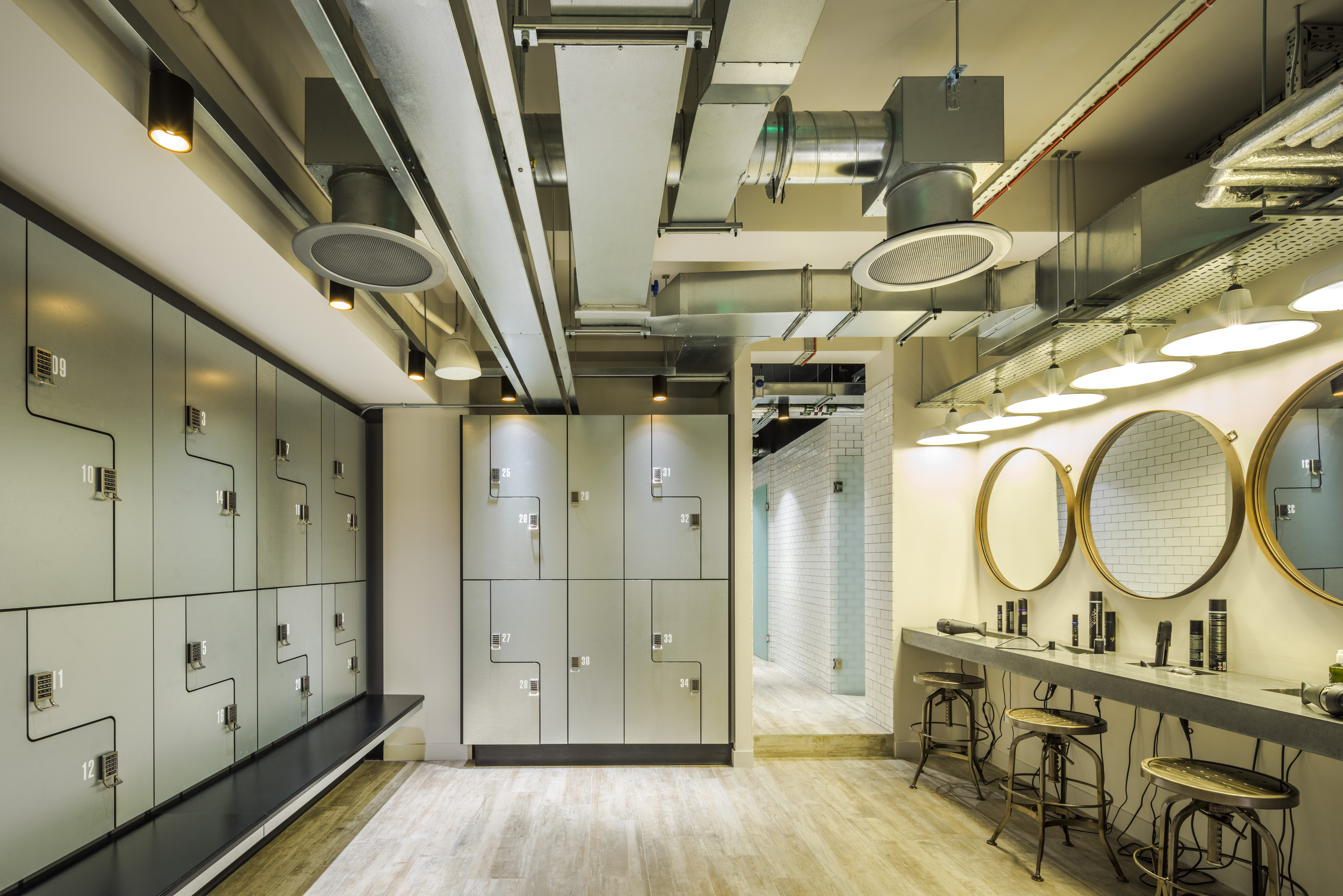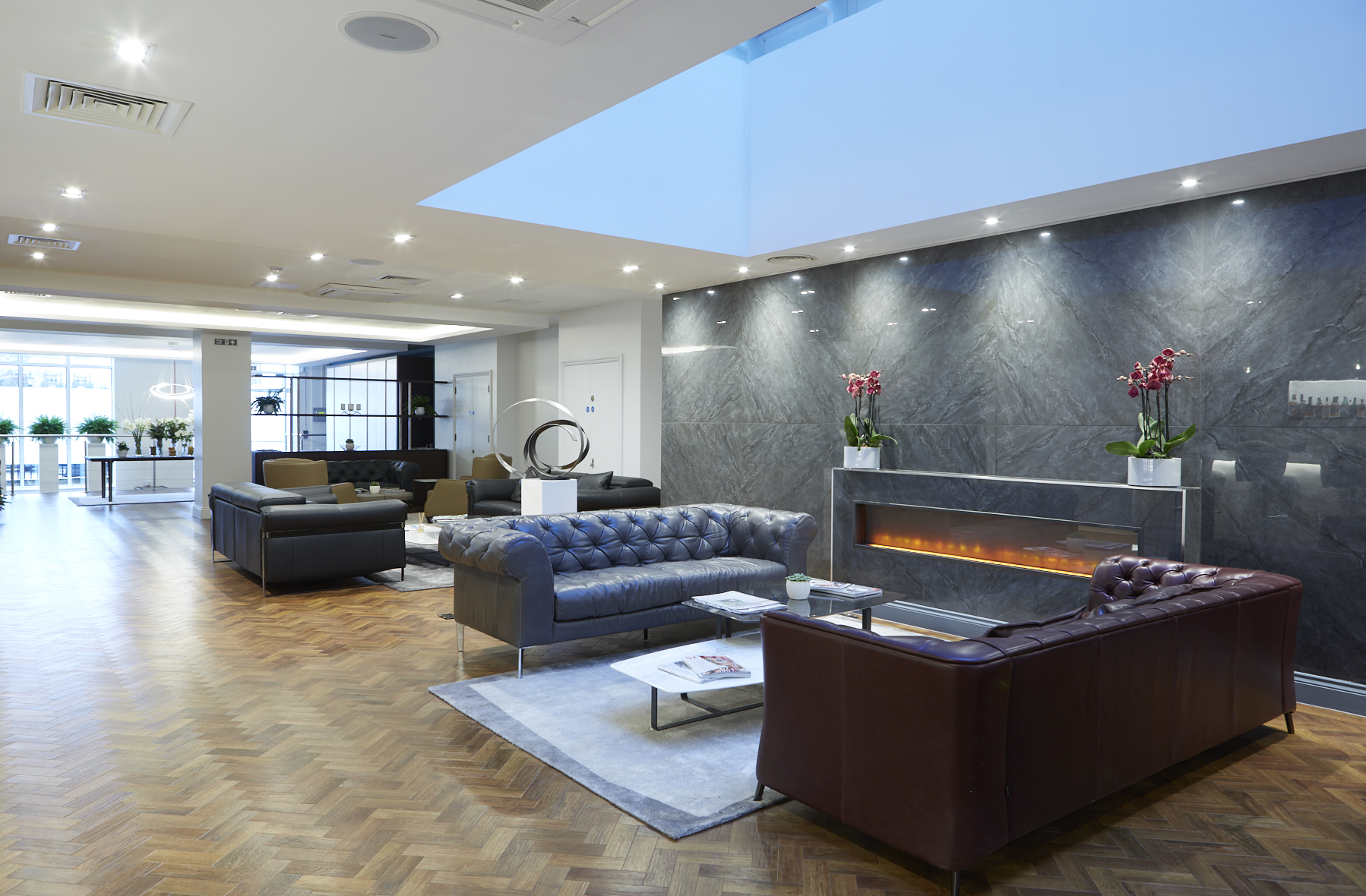My neighbour recently threw out her exercise bike. As a former model, she works out every day, yet, like many Londoners, she realised her gym needed an update. The bike has been replaced by a TRX (total resistance exercise), some compact weights and medicine balls that can be tidied away when the space morphs into a screening room for the kids. New technology and fitness trends, including HIIT (high intensity interval training), Pilates, boxing and yoga, mean a treadmill doesn’t cut it anymore.
Erfan Azadi, founder of London architecture practice Duck and Shed, recently created an “exercise basement” in a Primrose Hill mansion with a rubber floor, a gym wall and a projector. It acts as a yoga and pilates studio, a space for HIIT and a movie theatre. “A home gym today needs to be a flexible space,” he says.
Changes in London planning laws have also affected home gym design. In 2015, to stem the spread of “iceberg houses” (those with more space underground than above), Kensington and Chelsea Borough Council decreed that basement digs must be single storey and half the size of the existing garden. This has led to a boom in boutique gyms in the area, which look more hipster hotel than utilitarian sweatbox.









